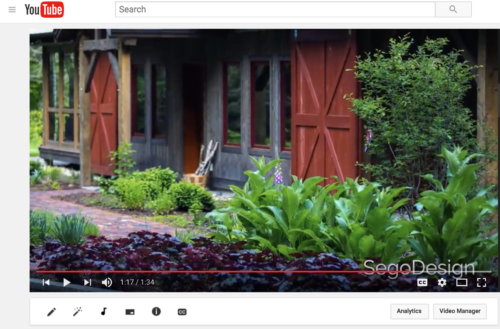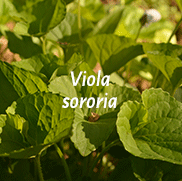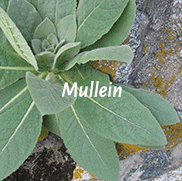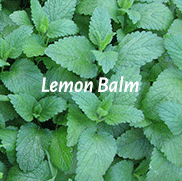Bloodroot
Name: Bloodroot, Sanguinaria canandensis
Family: Papaveraceae
AKA: Indian Paint. Tetterwort. Red Pucoon. Red Root. Paucon. Coon Root. Snakebite. Sweet Slumber. Warnera. [i]

Bloodroot leaf, after bloomtime when they’ve flattened out and aren’t vertically surrounding the blossom any longer. Note the deep lobes that resemble the brain.
Parts used: Root and whole plant.
Uses: Bad breath, gingivitis, nasal polyps, periodontis, sore throat, vaginal infections.[ii] Of great value in atonic dyspepsia, asthma, bronchitis (bronchial catarrh[iii]) and croup. (The taste is so nauseating, that it may cause expectorant action.) Of value in pulmonary consumption, nervous irritation and helpful in lowering high pulse, and in heart disease and weakness and palpitation of heart of great use. For ringworm apply the fluid extract. Also good for torpid liver, scrofula, dysentery. It is applied to fungoid growths, ulcers fleshy excrescences, cancerous affections and as an escharotic. Sanguinaria root is chiefly used as an expectorant for chronic bronchitis and as a local application in chronic eczema, specially when secondary to varicose ulcers. In toxic doses, it causes burning in the stomach, intense thirst, vomiting, faintness vertigo, intense prostration with dimness of eyesight. [i]
Infusion: 1 cup cold water over ½ teaspoonful of rhizome, bring to boil and leave to infuse for 10 minutes, drink 3x/day. [iv]
Fluid extract of Sanguinaria, U.S.P., dose 1 1/2 minims. Tincture of Sanguinaria, U.S.P., 15 minims. Powdered root, 10 to 30 grains. Sanguinarin, 1/4 to 1 grain. Fluid extract, 10 to 30 drops. [i]
Actions: Emetic cathartic expectorant and emmenagogue [i] escharotic (in raw form, will corrode or burn and damage tissue enough to produce a scab). [ii]
Constituents: Alkaloids Sanguinarine, Cholerythrine, Protopine and B. homochelidonine; Sanguinarine forms colourless crystals. Chelerythrine is also colourless and crystalline. Protopine (also found in opium) is one of the most widely diffused of the opium alkaloids. The rhizome also contains red resin and an abundance of starch. [i] Berberine, copticine. [iii]
Tincture: 0.5-1ml 3x/day. [iv]
Harvest: Collect by unearthing rhizome in late spring to early summer or in Fall when leaves have dried. It should be dried carefully in the shade. [iv]
Taste: Bitter
Flower Essence: Bloodroot is for those who exclude themselves, or feel ostracized, from a group or community, usually because of deep feelings of unworthiness. It helps heal the wounds of rejection and free us from the bonds of unworthiness. [v]
Bloodroot supports a release from inner conflict about our relationship to our families of origin. It clarifies why we chose our families in the first place. [vi]
Combines: For bronchitic asthma, combine with Lobelia. In pharyngitis, combine with Red Sage and Cayenne (pinch). [iv]
Plant ID: A perennial plant, one of the earliest spring flowers. It produces only a single leaf and a flowering scape about 6 inches high. When the leaf first appears it is wrapped round the flower bud and is a grayish-green color covered with a downy bloom. The white flower is wax-like with golden stamens. The seed is an oblong narrow pod about 1 inch long. The rootstock is thick, round and fleshy, slightly curved at ends, and contains an orange-red juice, and is about 1 to 4 inches long, with orange-red rootlets. When dried it breaks with a short sharp fracture, little smell, taste bitter acrid and persistent, powdered root causes sneezing and irritation of the nose. The root is collected in the autumn, after leaves die down; it must be stored in a dry place or it quickly deteriorates. [i]
Historical: Native Americans used the red juice for face and body paint, as well as to dye cloth. [ii]
[i] Grieve, Maud. A Modern Herbal (from http://botanical.com/ website)
[ii] Duke, James. The Green Pharmacy Herbal Handbook, p. 45-46
[iii] Mabey, Richard. The New Age Herbalist, p. 93
[iv] Hoffmann, David. The Complete Illustrated Holistic Herbal
[v] Desert Alchemy (from http://www.desert-alchemy.com/txt/ie/bloo.html website)
[vi] Green Hope Essences (from http://www.greenhopeessences.com/Essences/Farm/bloodroot.html website)







